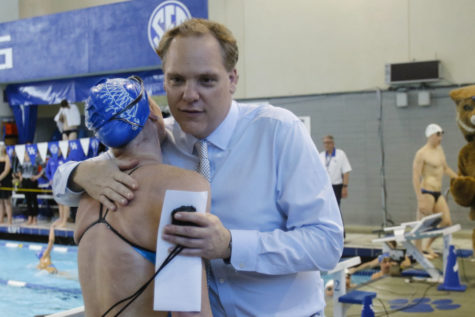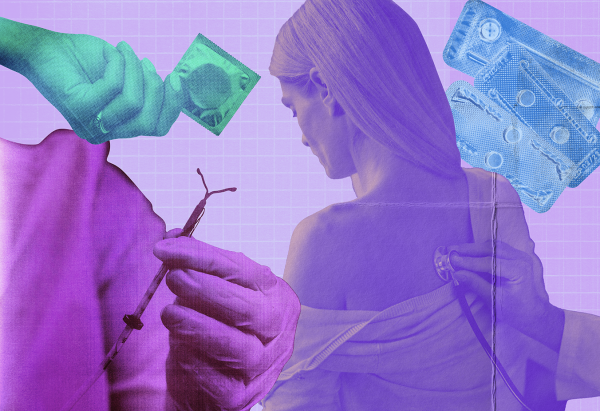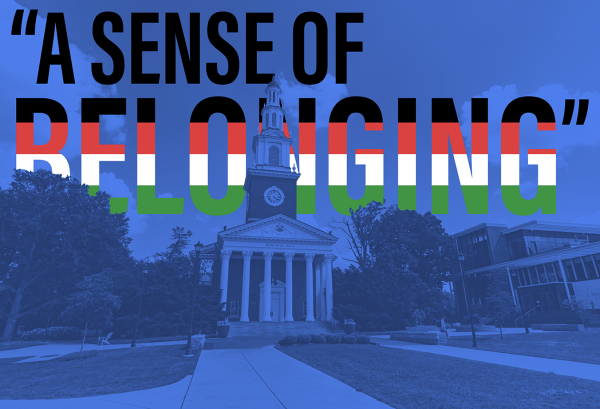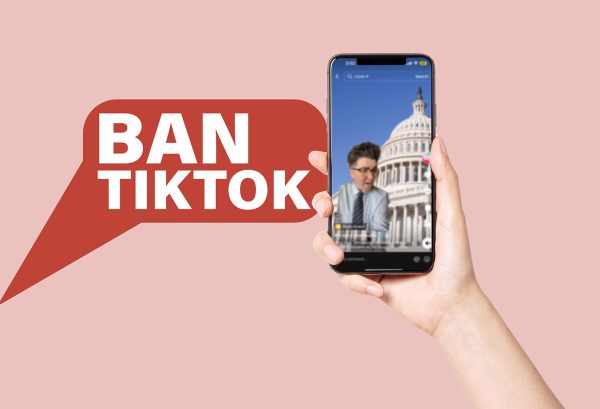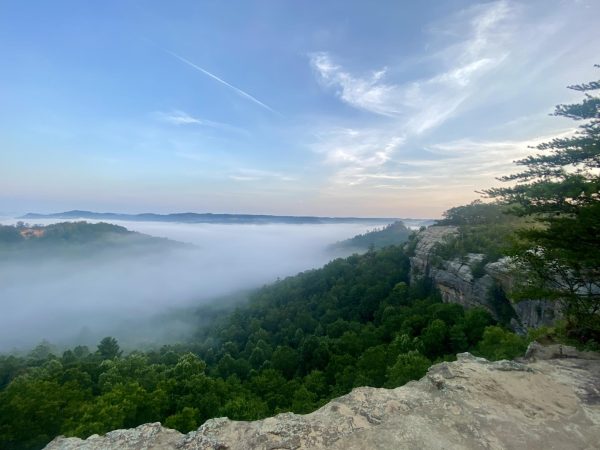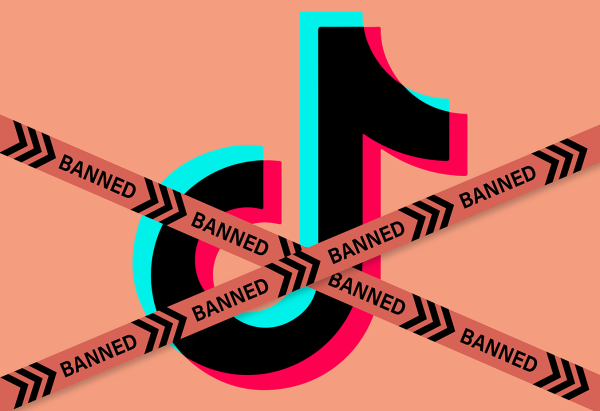Pro Wrestling and film are parallel to one another
August 27, 2014
I watched “Boyhood” in the theater last week with a friend who had been raving about the movie since the spring.
His wonderment came from the movie’s 12-year filming period and the sequence of the actors, including the main character, Mason Jr., literally growing up on camera. The technique is a theme of director Richard Linklater, whose daughter was a focal point of the movie as Mason’s older sister.
I chuckled at my friend’s awe-inspired stance. Hasn’t he ever watched professional wrestling?
The stereotypes of pro wrestling run very deep. It’s a sport far from glamorous, with fans who are, generally, young and far from glamorous themselves. The wrestler’s gimmicks — the characters they play — are goofy, absurd and beyond reality.
I’m one of the 4-million plus fans who watch WWE’s flagship program, Monday Night Raw, every week. I also pay $9.99 a month for the WWE Network, a pseudo-Netflix for fans to watch pay-per-views both old and new along with other programming related to the biggest wrestling promotion in North America.
Why do I pay money to watch “fake” wrestling? It’s the same reason my friend was obsessed with “Boyhood.”
He liked “Boyhood” because the actors grew up during the 12-year filming period. Not only did Mason evolve as a character, but his appearance evolved as well. His hair changed. His facial features changed. His perspective on life changed. He grew up in front of our eyes over the course of two hours and 45 minutes, not only as a character, but as an actual human. Just like Mason, Ellar Coltrane (Mason in the film) grew up as a man throughout the movie.
The WWE revels in the fans getting hooked into characters and learning about them as humans. The parallels between movies and pro wrestling — scripted performances, character development and a high level of physical action — drive the point home. The connotation of pro wrestling is very negative. I bet you’ve already groaned while reading this. The reality of life and the reality of the script on-screen are transparent, pro wrestling or motion picture.
Take Brock Lesnar. He showed up in 2002 as a fresh-faced 24-year-old who was booked as the dominant beast that fit his 295-pound frame. Within five months, he was WWE Champion, the highest title a WWE wrestler can hold. His character was built around his dominance that started at the University of Minnesota, where he was an NCAA Champion as a collegiate wrestler. But his character centered around his slogan — “Here comes the pain.”
Take Daniel Bryan, whose ring name is a simple take off of his real name, Bryan Danielson. Fans followed him through the less-spectacular independent wrestling promotions. Bryan, by stature, is minuscule in the wrestling business. He’s been an underdog in reality and on screen.
The best example is CM Punk. His name may scream prototypical pro wrestler, but his character is a simple extension of his lifestyle — a man who is straightedge, loves to speak his mind and has a great connection to his hometown, Chicago. Punk is no punk, he speaks his mind; likewise, I do too. Punk is a fan favorite even though he is on a hiatus to rest his worn and torn body.
Through all the story lines of the last 12 years, the adaptive Brock Lesnar is WWE Champion again. And fans love him now more than ever. Actor Daniel Day-Lewis has won three Best Actor Oscars, but we still don’t have any news about him taking another role. Tell me about his popularity while I tell you about Brock Lesnar’s, while I watch him add more fans with every violent measure and every cold stare. He is the beast that males wish they could physically be. But they cannot be. They are not Brock Lesnar.
Here comes the pain.














































































































































